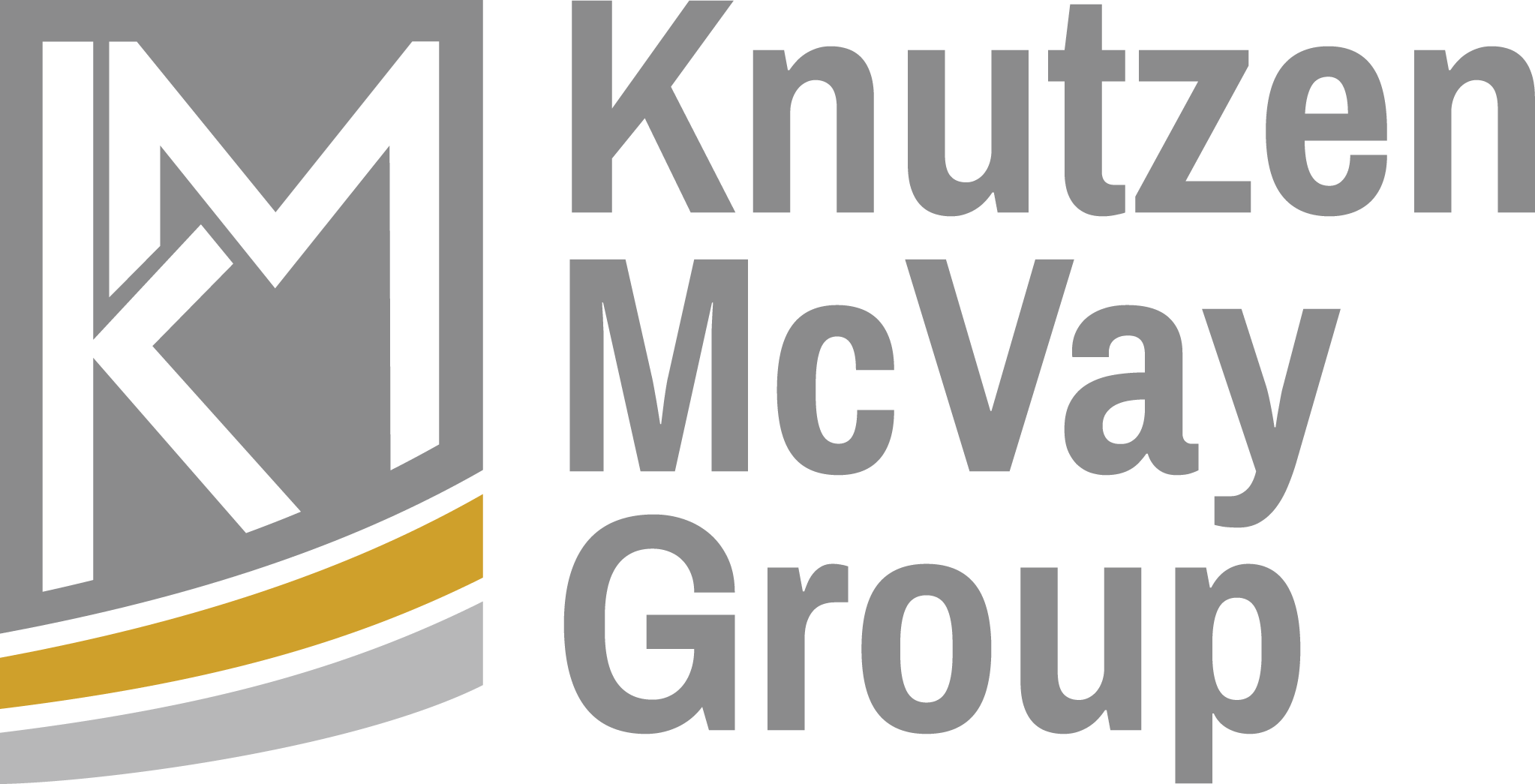10 Apr Value of the Dental Practice

Value of the Dental Practice
It never fails. Whenever the subject of practice transition comes up, dentists will invariably ask the question, “How do you come up with the value of my practice? I have always heard it is based on X% of my collections?”
While collections are an important ingredient in determining value, it cannot be the only measure. Look at the following scenario:
Two dentists request a valuation. Practice “A” has gross collections of $500,000 with a net to the dentist after overhead and before taxes of $235,000. Practice “B” has collections of $900,000 and a net to the doctor after overhead and before taxes of $200,000. If we used only the popular theory that a practice is worth X% of collections, then the practice “B” valuation would be considerably more than practice “A,” yet practice “A” generates more personal income for the dentist.
What else is taken into consideration in the valuation process?
1. Goodwill- We measure practice goodwill in two categories based on the practice history of collections and cash flow. It is important to address goodwill accurately and fairly, as it is the primary determining factor in what a buyer can afford to pay you for your practice once he/she has paid the overhead and debt service, yet still make a decent living for themselves.
2. Tangible Assets- This is the assigned value of your dental equipment, office equipment, and inventory of dental supplies.
Once our group has visited the practice and applied the business formula of “Add back and removal,” we are then able to assign value ratio to the final numbers. These ratios are based upon demand for the geographical location of the practice and the condition of the facility and its equipment. If it is expected that a buyer will have to invest money for the improvement in the practice soon, the ratio used will be smaller. Conversely, for a practice in a high demand area in an updated building with good/moderate equipment, the ratio used would be larger.
A word of caution: Do not rush out and embark on a complete practice remodel with new equipment if you are planning to transition in the next year or two. Just because you spend $100,000 on a new piece of equipment does not necessarily mean the value of your practice increases proportionally. Please speak to not only your accountant about this, but also a transition specialist before undertaking any large capital investments.
Two other things that you may or may not sell in your transition are the building or suite which houses the practice (should you own it) and the accounts receivables.
If you are contemplating a transition within the next 5-6 years, please consider contacting our group for a practice overview. In short, what this will provide are some options to consider in getting your practice in a “healthy” position for when the time comes. Two common responses we hear from clients upon completion of the overview are, “That makes a lot of sense. I can implement that concept easily” and, “That makes a lot of sense, but I do not want to do that, regardless of how it affects the value of my practice.” Either way, the doctor has all the information to make the choice personally.
~ by Todd McVay


